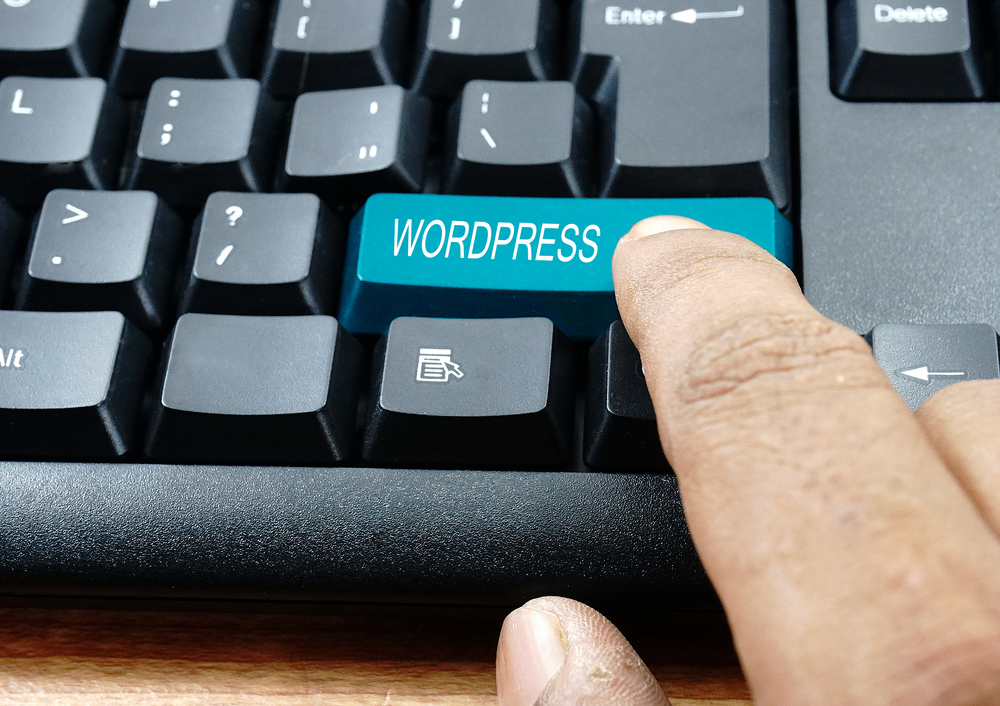
WordPress has become the go-to platform for building and managing websites, and for good reason. It offers a user-friendly interface, a plethora of themes and plugins, and unparalleled customization options. However, to truly make your WordPress website stand out, you need to master the art of customization. In this article, we will explore some top tips and tricks that will help you seamlessly maintain and enhance your WordPress (or WP) website.
1. Choose the Right Theme
The first step in customizing your WordPress website is selecting the perfect theme. There are thousands of options available, ranging from simple and minimalist designs to complex and feature-rich layouts. Consider the overall look and feel you want to achieve, as well as the specific functionalities you require. Look for a theme that is responsive, compatible with the latest version of WordPress , and well-supported by its developers.
2. Customize with Page Builders
Page builders are powerful tools that allow you to create visually stunning and highly customized pages without any coding knowledge. Popular page builders like Elementor and Beaver Builder provide a drag-and-drop interface, making it easy to add content blocks, rearrange elements, and fine-tune the design. These tools offer a vast array of pre-built templates and modules, saving you time and effort in creating a unique look for your website.
3. Utilize Widgets and Sidebars
Widgets and sidebars are integral to WordPress customization, enabling you to add dynamic content to different sections of your website. WordPress (WP) comes with several built-in widgets, such as calendars, recent posts, and social media feeds. Additionally, there are numerous third-party plugins available that offer an even wider range of widgets and sidebars. Use them strategically to display relevant information, improve navigation, and enhance user experience.
4. Harness the Power of Plugins
WordPress (the blogging platform) plugins are like magic wands that can extend the functionality of your website with just a few clicks. From SEO optimization to e-commerce integration, there is a plugin for almost every requirement. However, be cautious when selecting and installing plugins, as too many can slow down your website and pose security risks. Stick to reputable plugins from trusted sources, keep them regularly updated, and deactivate any unnecessary plugins to ensure optimal performance.
5. Optimize for Performance and Speed
Website customization should not come at the cost of performance and speed. In fact, a slow-loading website can frustrate visitors and adversely affect your search engine rankings. To optimize your WordPress (the platform for bloggers) website for speed, start by choosing a reliable hosting provider that offers robust server infrastructure. Compress and optimize images, clean up your database, and use caching plugins to improve loading times. Regularly monitor your website's performance and make necessary adjustments to keep it running smoothly.
6. Stay Updated and Back Up Regularly
Keeping your WordPress installation, themes, and plugins up to date is crucial for maintaining website security and optimal performance. WordPress releases regular updates that patch vulnerabilities and introduce new features. Neglecting to update your website can leave it exposed to hackers and other security threats. Additionally, create regular backups of your website's files and database to ensure that you can easily restore it in case of any unforeseen issues or data loss.
7. Customize Responsively for Mobile
In today's mobile-first world, optimizing your WordPress website for mobile devices is no longer optional. Responsive web design ensures that your website looks and functions seamlessly across different screen sizes and resolutions. Choose a responsive theme, test your website on various devices, and use responsive design elements, such as flexible grids and images, to create an optimal mobile experience. Mobile-friendliness is not only essential for user experience but also plays a role in search engine rankings.
Frequently Asked Questions
1. Can I customize my WordPress website without any coding knowledge?
Absolutely! With the availability of page builders and countless customization options, you can create a personalized WordPress website without writing a single line of code. Take advantage of drag-and-drop interfaces, pre-built templates, and plugins to achieve your desired look and functionalities.
2. How many plugins should I install on my WordPress website?
While plugins are great for enhancing your website's functionality, it's important not to go overboard. The number of plugins you install depends on your specific requirements, but a general rule of thumb is to keep it minimal. Only install plugins from reputable sources, regularly review and deactivate unnecessary ones, and ensure they are regularly updated for security and compatibility.
3. How often should I update my WordPress website?
Regular updates are crucial for maintaining the security and performance of your WordPress website. It is recommended to update your WordPress installation, themes, and plugins as soon as updates become available. However, before updating, always make sure to back up your website to avoid any potential issues.
4. Why is website speed important for my WordPress site?
Website speed is a critical factor for retaining visitors and improving search engine rankings. Slow-loading websites tend to have higher bounce rates and lower conversion rates. Optimizing your website for speed not only enhances user experience but also contributes to better SEO performance.
5. What can I do if my WordPress website gets hacked or breaks?
Prevention is always better than cure, so taking necessary security measures and regular backups is essential. However, if your WordPress website gets hacked or breaks, revert to the most recent backup and follow the steps outlined by WordPress.org to recover your website. Consider seeking professional assistance if needed.
Other useful resources
- https://www.wordpress24plus.com/wordpress-tools-directory/wordpress-plugins/
- https://www.wordpress24plus.com/services/wordpress-developer/
- https://www.wordpress24plus.com/services/